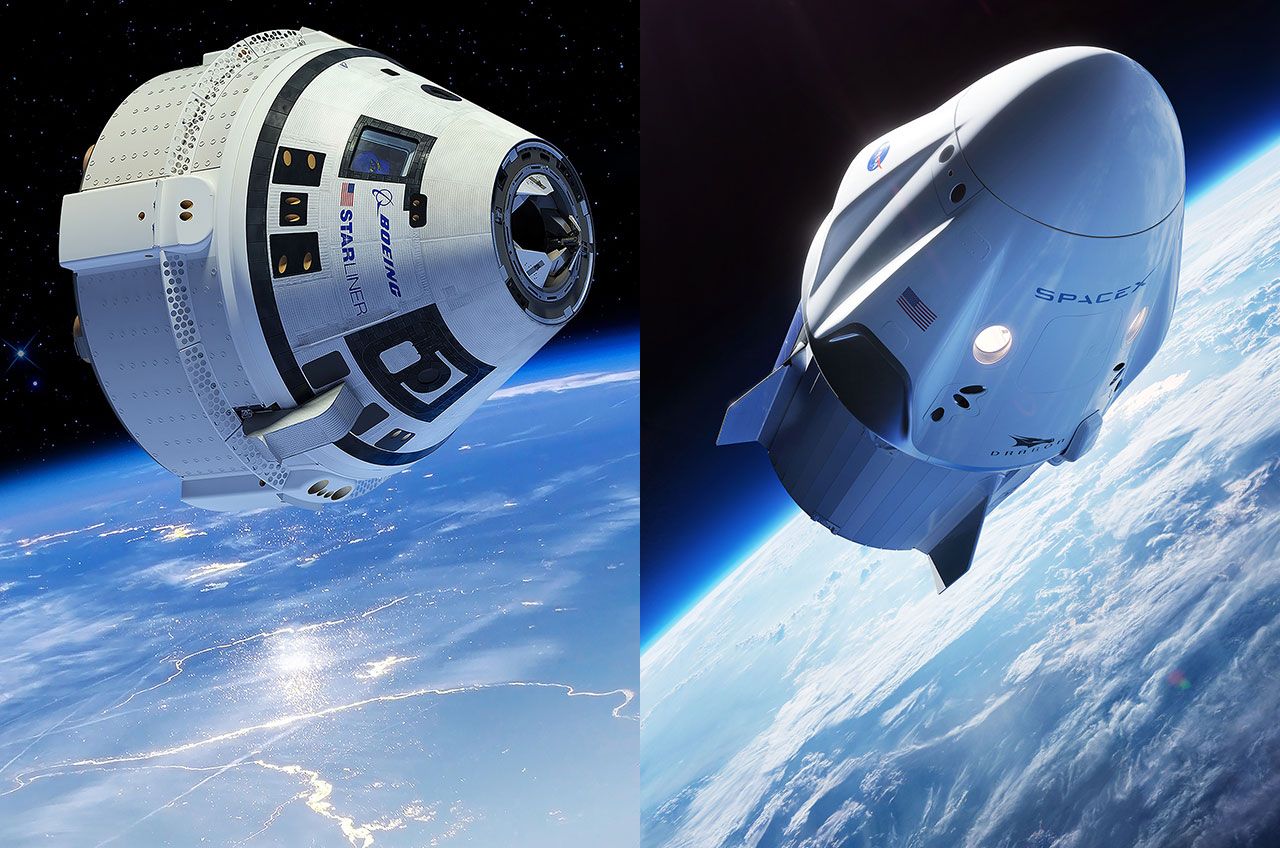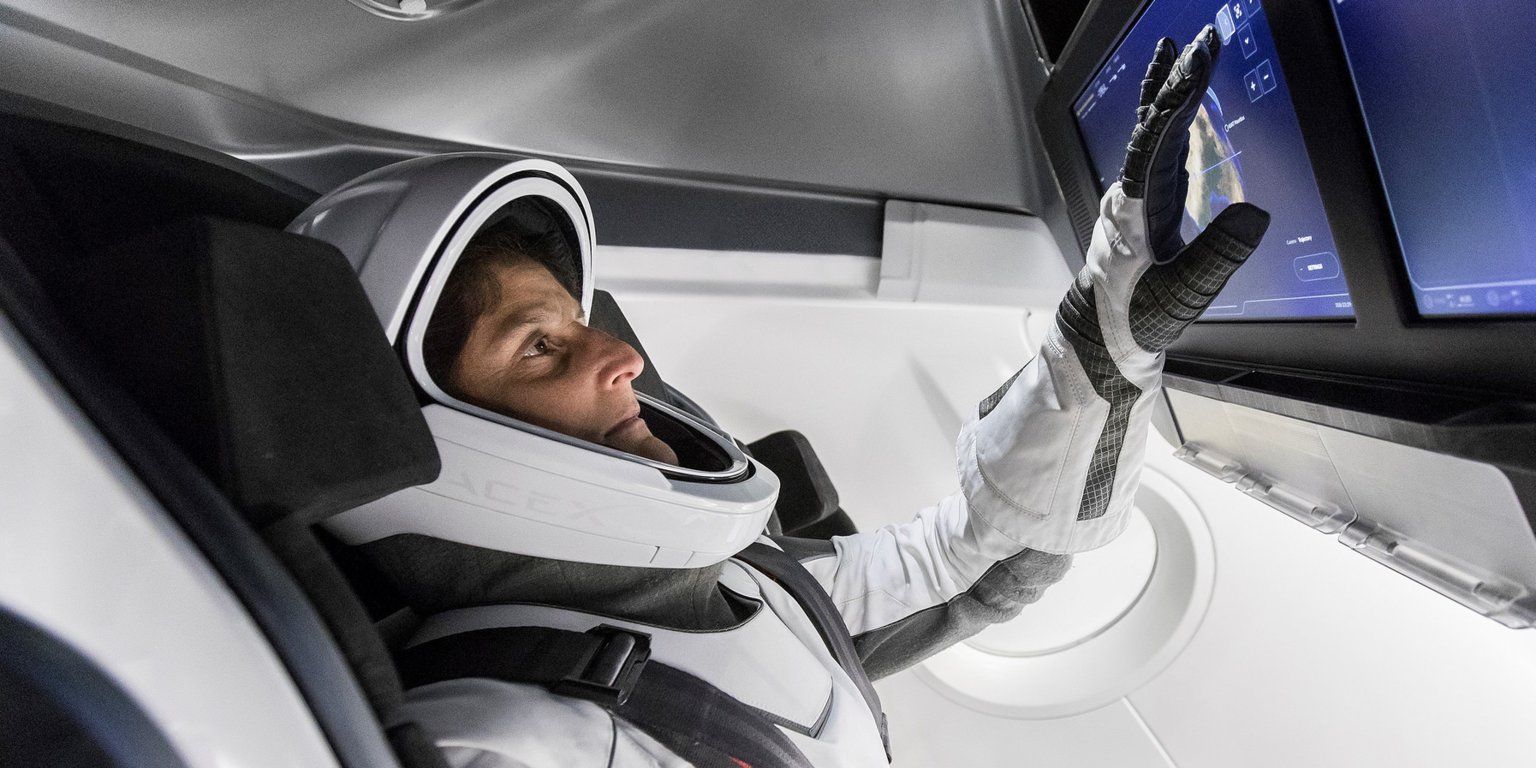Don’t Miss This! We’re introducing you to the first astronauts who will launch from U.S. soil since the final Shuttle mission in 2011. Join us live starting at 11 a.m. EDT on Friday, Aug. 3 to meet the Commercial Crew astronauts who will fly on The Boeing Company and SpaceX capsules to #LaunchAmerica to the International Space Station.
Category: space travel – Page 445
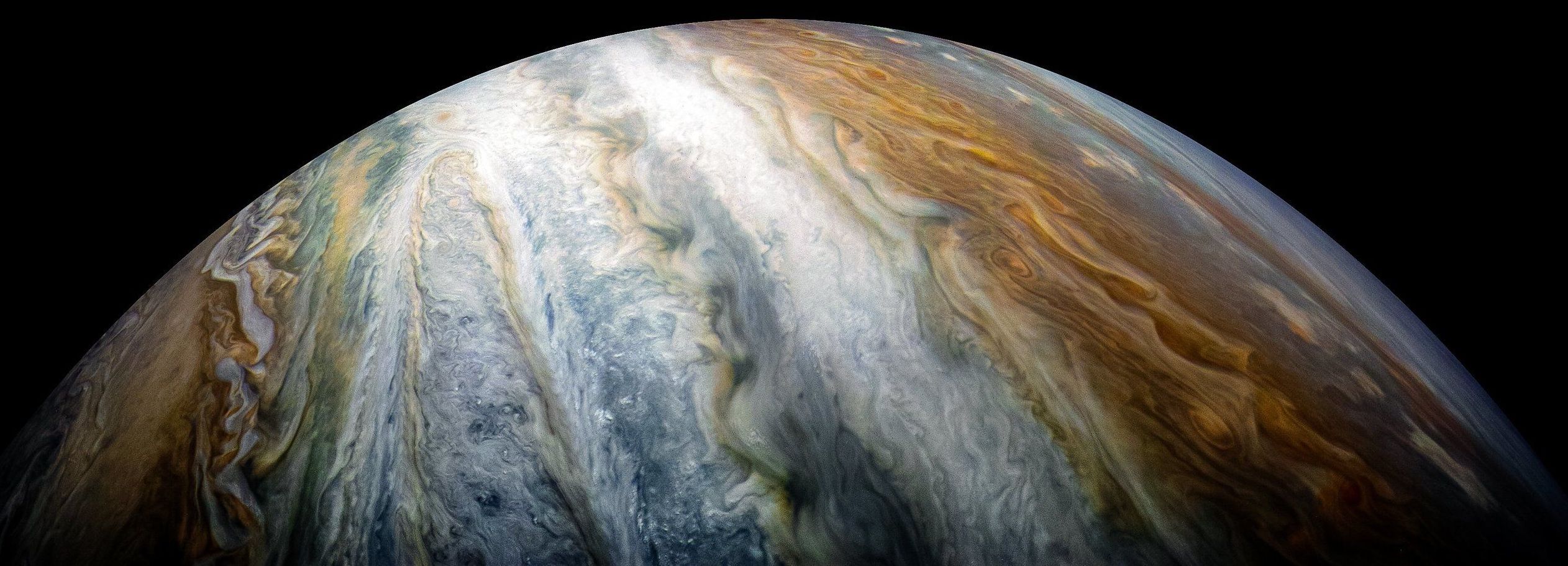
Jupiter’s moons create invisible ‘killer’ waves that could destroy spacecraft
Here on Earth, electromagnetic waves around the planet are typically pretty calm. When the Sun fires a burst of charged particles at the Earth we are treated to an aurora (often called Northern Lights), but rarely are they a cause for concern. If you were to head to Jupiter, however, things would change dramatically.
In a new study published in Nature Communications, researchers describe the incredible electromagnetic field structure around two of Jupiter’s moons: Europa and Ganymede. The invisible magnetic fields around these bodies is being powered by Jupiter’s own magnetic field, and the result is an ultra-powerful particle accelerator of sorts, which might be capable of seriously damaging or even destroying a spacecraft.
“Chorus waves” are low-frequency electromagnetic waves that occur naturally around planets, including Earth. Near our planet they’re mostly harmless, but they do have the capability to produce extremely fast-moving “killer” particles that could cause damage to manmade technology if we happened to be in the wrong place at the wrong time.
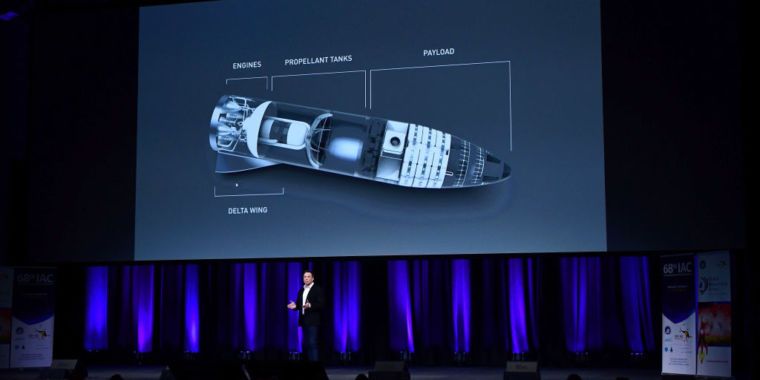
SpaceX organizes inaugural conference to plan landings on Mars
No one can deny that SpaceX founder Elon Musk has thought a lot about how to transport humans safely to Mars with his Big Falcon Rocket. But when it comes to Musk’s highly ambitious plans to settle Mars in the coming decades, some critics say Musk hasn’t paid enough attention to what people will do once they get there.
However, SpaceX may be getting more serious about preparing for human landings on Mars, both in terms of how to keep people alive as well as to provide them with something meaningful to do. According to private invitations seen by Ars, the company will host a “Mars Workshop” on Tuesday and Wednesday this week at the University of Colorado Boulder. Although the company would not comment directly, a SpaceX official confirmed the event and said the company regularly meets with a variety of experts concerning its missions to Mars.
This appears to be the first meeting of such magnitude, however, with nearly 60 key scientists and engineers from industry, academia, and government attending the workshop, including a handful of leaders from NASA’s Mars exploration program. The invitation for the inaugural Mars meeting encourages participants to contribute to “active discussions regarding what will be needed to make such missions happen.” Attendees are being asked to not publicize the workshop or their attendance.
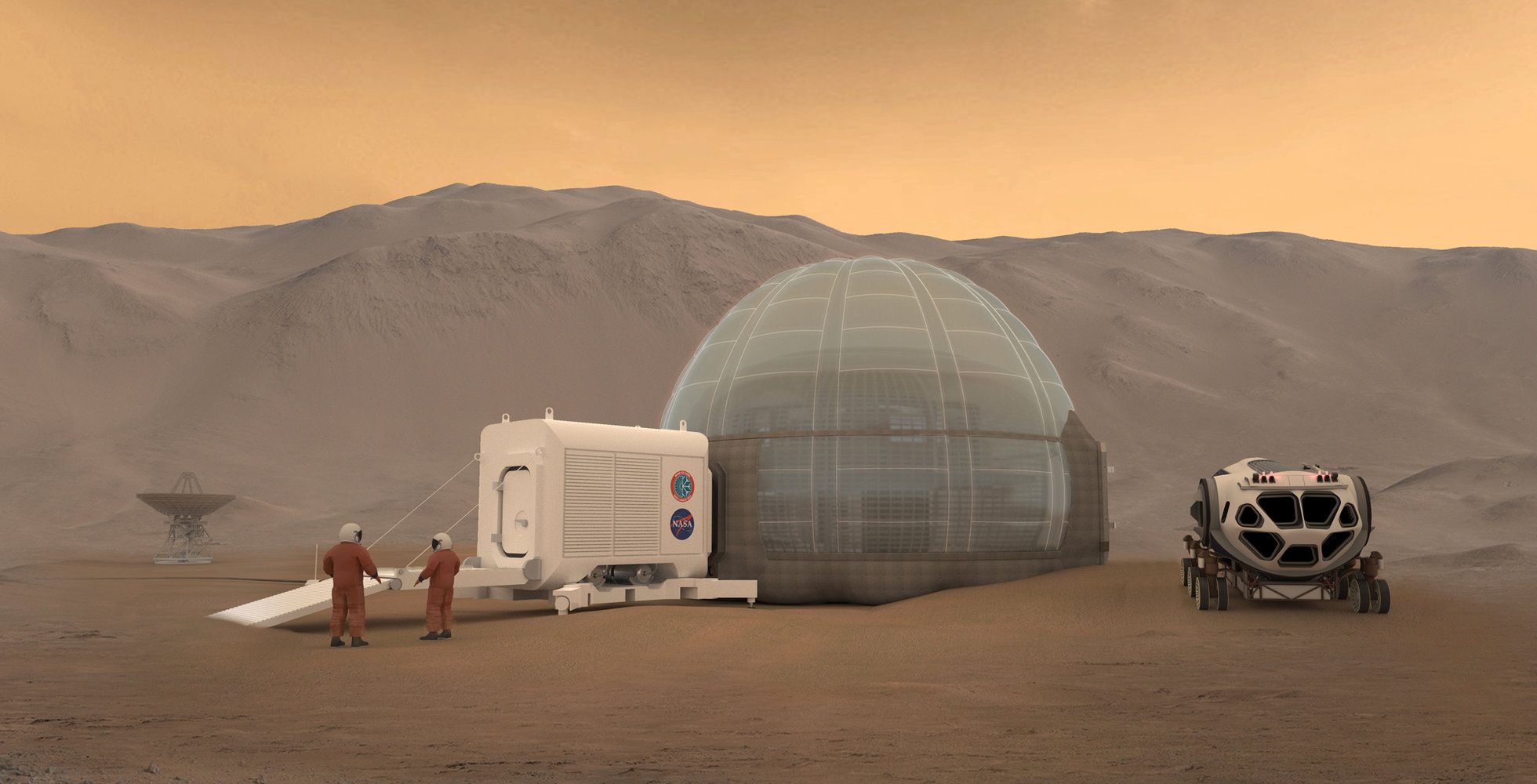
Sorry Elon Musk, But It’s Now Clear That Colonizing Mars Is Unlikely — And A Bad Idea
This article was originally published at The Conversation. The publication contributed the article to Space.com’s Expert Voices: Op-Ed & Insights.
Space X and Tesla founder Elon Musk has a vision for colonising Mars, based on a big rocket, nuclear explosions and an infrastructure to transport millions of people there. This was seen as highly ambitious but technically challenging in several ways. Planetary protection rules and the difficulties of terraforming (making the planet hospitable by, for example, warming it up) and dealing with the harsh radiation were quoted as severe obstacles.
Undeterred, Musk took a first step towards his aim in February this year with the launch of a Tesla roadster car into an orbit travelling beyond Mars on the first Falcon Heavy rocket. This dramatically illustrated the increasing launch capability for future missions made available by partnerships between commercial and government agencies.
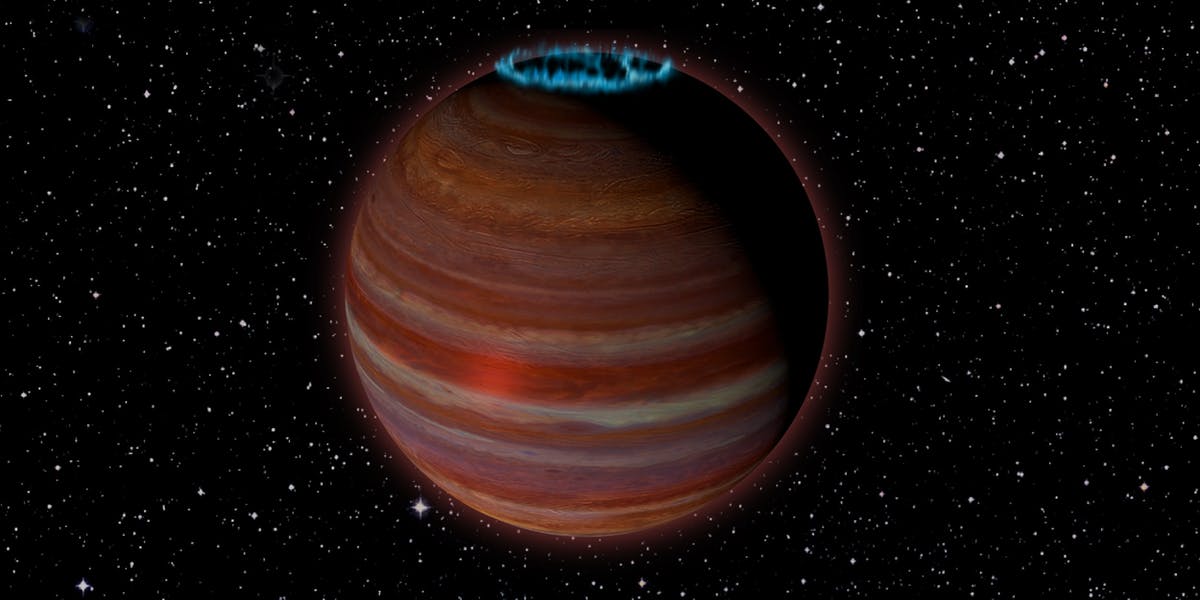
Scientists Discover a Giant Rogue Planet Bumbling Around Space
What a dumb planet.
Not all who wander are lost, but that might be the case for a newly discovered rogue planet. Scientists have found evidence of a giant planetary mass outside our solar system that appears to be traveling without any sort of set orbit or parent star.
This bumbling fool of a planet was first discovered by astronomers using the National Science Foundation’s Karl G. Jansky Very Large Array (VLA). From the radio astronomy observatory, scientists were able to pick up its magnetic activity and study it, the findings of which were made public on Thursday. It’s the first time the observatory’s radio-telescope detection was able to pick up a planetary-mass object beyond our solar system.
While the discovery is a first for the observatory, the object, known as SIMP J01365663+0933473, was probably hard to miss given that it’s a “surprisingly strong magnetic powerhouse” roughly a dozen times larger than Jupiter. The planetary mass earned the “rogue” moniker for being untethered to any orbit or parent star or galactic authority. But just because it’s a celestial anarchist remaining outside a solar system of conformists doesn’t mean it can’t offer scientists important new insight on its magnetic properties.
Astronomers Finally Understand 170-Year-Old Stellar Eruption
Data collected from the Gemini South telescope in Chile has shed light on a nearly-200-year-old stellar eruption.
Gemini spectroscopy shows that ejected material from the blast was the fastest ever seen from a star that remained intact.
Imagine traveling from Earth to the Moon in 20 seconds. That is how quickly material from the 170-year-old explosion scurried away from unstable star Eta Carinae, according to the Gemini Observatory.
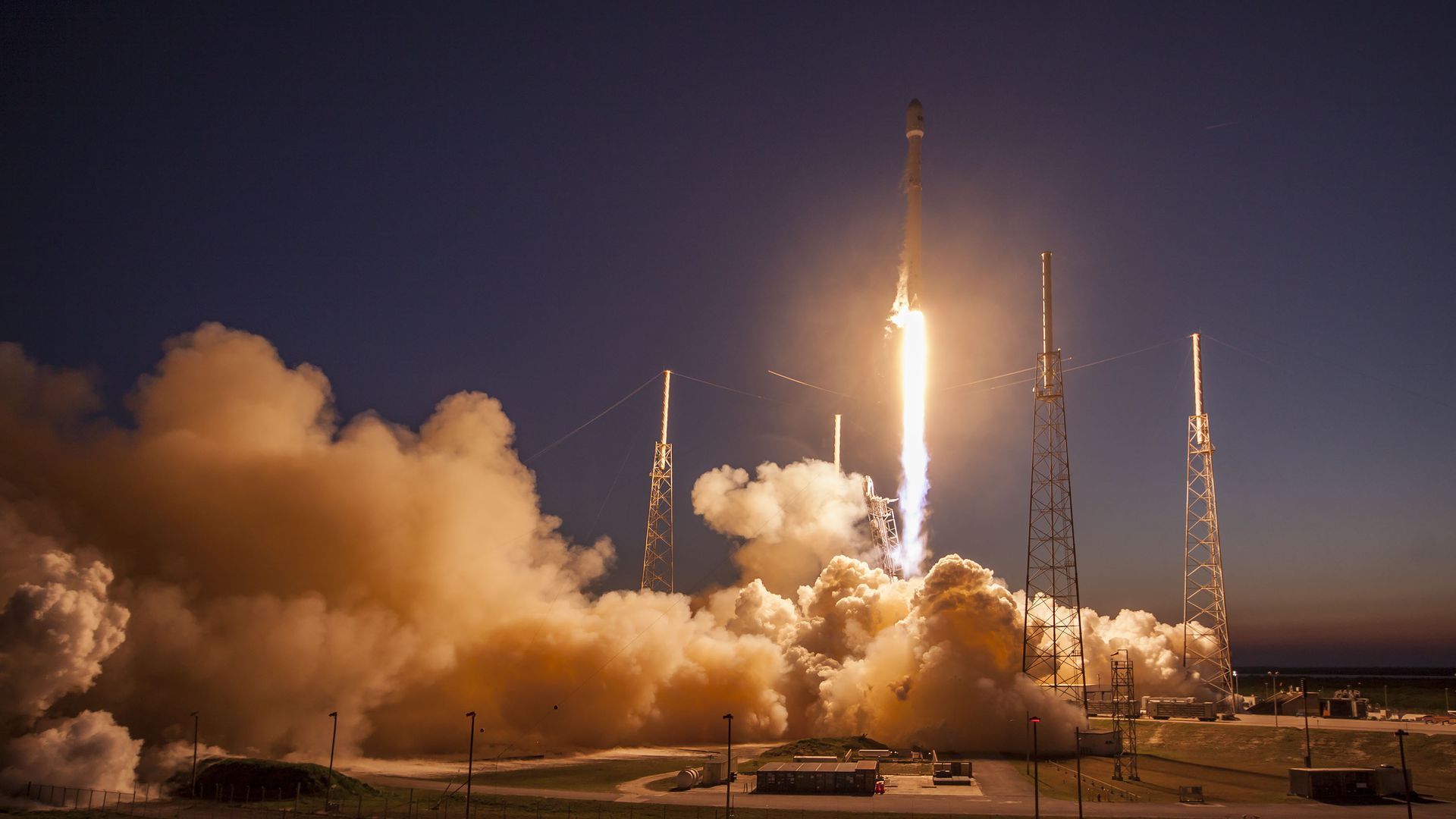
Britain looks to bring commercial rocket launches to home soil
The British government is preparing to launch its first commercial rocket from the country by 2021, and has upped its funding and partnerships with American companies to do so, reports CNBC.
The details: Lockheed Martin has already been allotted the largest chunk of UKSA’s (United Kingdom Space Agency) funding, receiving over $30 million “to develop an orbital launch site for small rockets in Melness, Scotland.” The company told CNBC, “[t]he launcher will be a flight-proven, dedicated small sat vehicle.” Richard Branson’s Virgin Orbit also locked in a deal with UKSA “to launch its LauncherOne rocket from Cosmic Girl,” and plans to be the first to launch a commercial rocket from the island in the next three years.
Read more toggle.
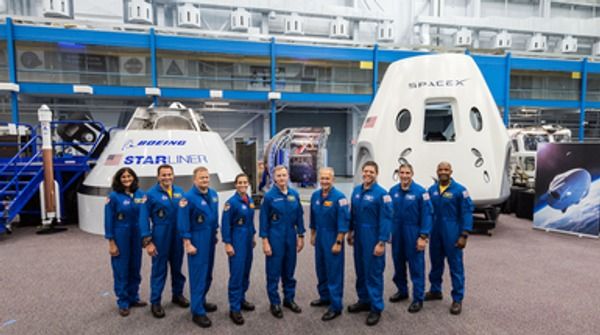
NASA Introduces Nine Astronauts for First Commercial Flights
The “Commercial Crew Nine” will fly to space in hardware made by Boeing and SpaceX
- By Tariq Malik, SPACE.com on August 4, 2018
